

Introduction
The Elderly Care Technology Market is witnessing rapid growth as advancements in technology cater to the rising demand for healthcare and wellness solutions for the aging population. As the global elderly population grows, there is an increasing need for innovative solutions to address their unique healthcare, safety, and well-being requirements. Elderly care technologies include a range of solutions, such as remote monitoring systems, telehealth, wearable devices, smart home solutions, and robotic assistants, that help seniors live more independently while ensuring their health and safety are managed effectively.
According to International Market Research (IMR), the global elderly care technology market was valued at approximately $10.7 billion in 2023. The market is expected to grow at a compound annual growth rate (CAGR) of 9.8% between 2024 and 2031, reaching an estimated value of around $22.4 billion by 2031.
Market Overview
The growing elderly population, increasing incidences of chronic diseases, and rising healthcare costs are driving the adoption of elderly care technologies. These technologies enhance the quality of life for older adults, providing tools for monitoring health, preventing falls, tracking medication, and enabling social connectivity.
Key Drivers of Growth:
Segmentation Analysis
1. By Product Type
The remote patient monitoring systems segment held the largest share of the market in 2023, accounting for approximately 35.2% of the market. These systems allow healthcare providers to monitor patients' vital signs and chronic conditions remotely, reducing the need for frequent hospital visits and enabling early intervention in case of health deterioration.
The wearable devices segment is expected to witness the fastest growth during the forecast period, with a projected CAGR of 11.2% from 2024 to 2031. Devices such as smartwatches and fitness trackers help seniors track their physical activity, heart rate, sleep patterns, and more, promoting a healthy lifestyle.
2. By End User
Homecare settings dominated the market in 2023, accounting for around 45.8% of the market share. With the rising preference for aging in place, more elderly individuals are choosing to live at home while using technology to support their health and daily living. Home-based care solutions, such as remote monitoring and smart home devices, allow seniors to maintain their independence while ensuring safety and support from caregivers.
Nursing homes and assisted living facilities are also significant users of elderly care technologies, with these settings accounting for a combined market share of 38.3% in 2023. These facilities are increasingly adopting technology to enhance the quality of care provided to residents, reduce staff workload, and improve operational efficiency.
3. By Region
In terms of regional distribution, North America held the largest share of the elderly care technology market in 2023, accounting for approximately 42.7% of the global market. The region’s well-established healthcare infrastructure, high awareness of elderly care technologies, and growing aging population are key factors contributing to this dominance. The U.S., in particular, is a significant contributor to the market, driven by strong demand for telehealth, remote monitoring, and smart home solutions.
However, Asia-Pacific is expected to experience the highest growth during the forecast period, with a projected CAGR of 12.4% from 2024 to 2031. The rapidly aging population in countries like Japan, China, and South Korea, coupled with government initiatives to improve elderly care services, is fueling demand for these technologies. The region is also seeing increasing investments in healthcare technology and infrastructure.
Key Market Trends
Challenges
Future Outlook and Opportunities
The elderly care technology market is poised for strong growth in the coming years, driven by the increasing demand for innovative solutions to support the aging population. IMR expects the market to expand into new regions and industries as technological advancements continue to emerge.
Key Players
Philips Healthcare
Tunstall Healthcare Group
Bay Alarm Medical
GrandCare Systems
Care Innovations (Intel-GE Joint Venture)
Samsung Electronics Co., Ltd.
LifeFone
Medical Guardian
ResMed Inc.
MobileHelp
Lively (Best Buy Health)
Alert-1
Koninklijke Philips N.V.
Connected Living
QMedic
iHealth Labs
Apple Inc. (Apple Watch health features)
VitalTech
Wearable Health Solutions, Inc.
ADT Health
Conclusion
The Elderly Care Technology Market is set for significant growth between 2024 and 2031, driven by an aging global population, the increasing prevalence of chronic diseases, and advancements in technology. While challenges such as high costs and digital literacy remain, the market's future is bright, with opportunities for growth in emerging markets, AI integration, and telehealth. IMR projects that the market will continue to expand, offering innovative solutions that improve the quality of life for seniors around the world.
Source: International Market Research Analysis, 2024

International Market Research follows a comprehensive research methodology dedicated to offering the most accurate market estimation and analysis. It leverages a data triangulation methodology to estimate the market dynamics and deliver precise estimations. The company exploits a combination of top-down and bottom-up approaches for classifying and assessing quantitative aspects of the market.
This research study is based on exhaustive quantitative and qualitative analysis.
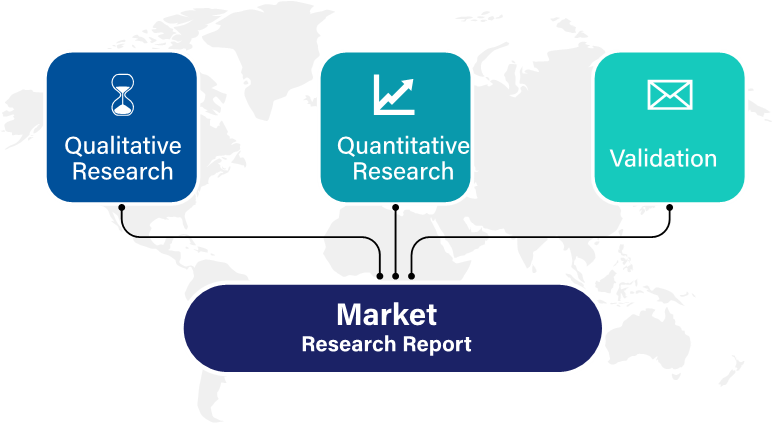
The Quantitative analysis involves numerous models, mathematical tools, projection, and sampling techniques. It encompasses the following steps:
Recognize market variables and derive market size.
Valuation of prospects, opportunities, and market penetration rates by analyzing Application Predictive Maintenance Solution, regional trends, etc.
Gauge historical market trends and derive present and future year-on-year growth trends
The qualitative analysis covers briefing about market dynamics and business opportunities and strategies. Lastly, all the research findings are authenticated over interviews with in-house industry experts, freelance consultants, and key opinion leaders, etc.
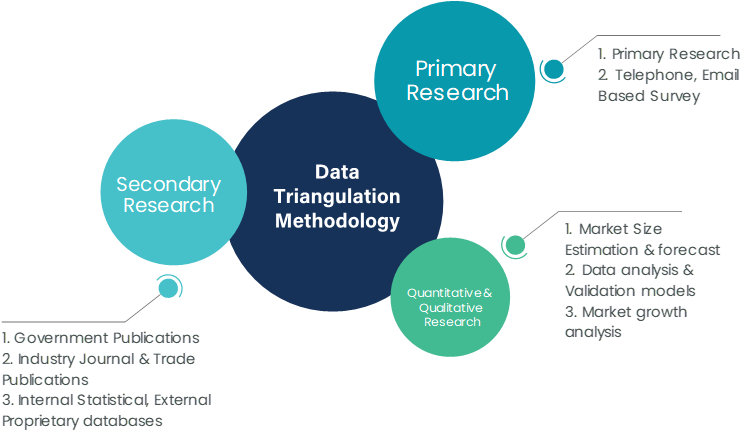
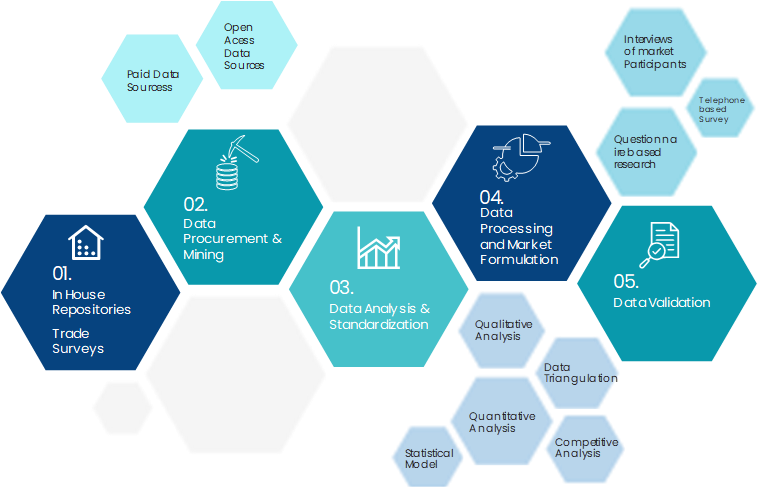
The preliminary raw data and relevant information are acquired via different sources such as secondary findings, trade surveys, and in-house repositories. Technical issues and trends are attained from technical symposia, surveys, and trade journals. Market dynamics such as driving factors, restraints/challenges, pricing trends, and opportunities are also collected using extensive secondary research via paid and open access data sources.
This info is then filtered to make sure that the related data including market trends, industry dynamics, and outlook is retained for the further research End-user. Data is constantly filtered to confirm that only authenticated sources are measured.
It comprises analysis & mapping of all the data gathered from the above step. It also includes the analysis of data differences observed across numerous data sources and arrives at final data points to be used for final calculations.
This step involves data End-user using various models, mathematical tools, projection, and sampling techniques to derive market findings. It also involves the placement of data points at suitable market spaces to gather viable conclusions.
Market estimates and forecasts are derived via simulation models. Collected data for market dynamics, Propulsion Type sets, pricing trends, and Type development is fed into the model and evaluated simultaneously. These factors are studied on a comparative basis, and their influence over the prediction period is quantified by means of regression, correlation, and time-series exploration. Analyst viewpoint & subject matter expert-based heuristic form of market sizing also plays an essential part in this step.
Some of the parameters measured as a part of the statistical model are:
Macro-economic indicators
Micro-economic indicators
Socio-political indicators
Environmental indicators
Propulsion Type indicators
Validation End-user aids to finalize data points to be used for final calculations. Primary Interviews are conducted to authenticate the data and analysis.
Primary research includes questionnaire-based research, email interactions, online surveys, and telephonic interviews. Interviewees are approached by prominent companies across the value chain including suppliers, Propulsion Type providers, domain experts, and buyers to ensure a holistic and unbiased picture of the market.
Industry participants involved in this research study include:
CEOs, VPs, market intelligence managers
Procuring and national sales managers technical personnel, distributors, and resellers
Research analysts and key opinion leaders from various domains
Our research methodology includes an ideal combination of primary and secondary initiatives.
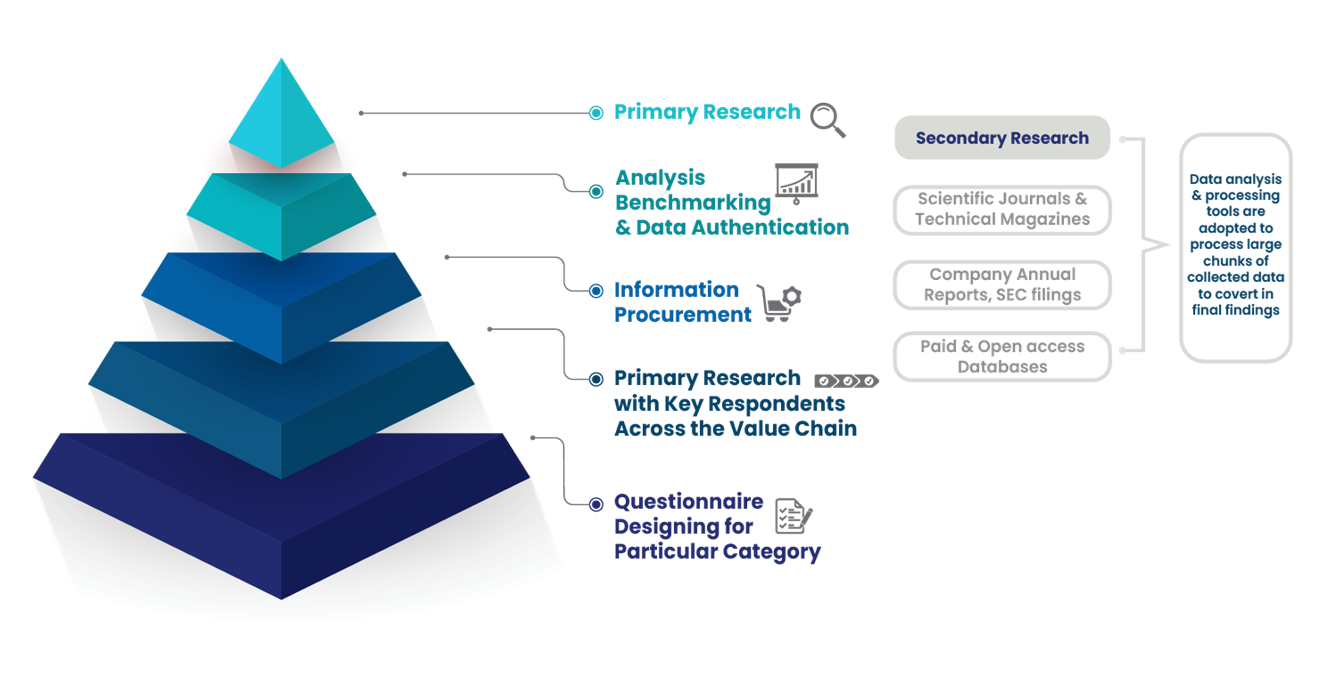
Source: International Market Research Analysis, 2024
It involves company databases such as Hoover's: This assists us to recognize financial information, the structure of the market participants, and the industry competitive landscape.
The secondary research sources referred to in the End-user are as follows:
Supply Chain and Inventory Managemental bodies, and organizations creating economic policies
National and international social welfare institutions
Company websites, financial reports and SEC filings, broker and investor reports
Related patent and regulatory databases
Statistical databases and market reports
Corporate Presentations, news, press release, and specification sheet of Manufacturers
Open access and paid data sources:
Eurostat
Statista
OneSource
Plastemart
WHO and World Bank
ITU
Factiva
Hoovers
Primary research includes online surveys and telephonic interviews.
Means of primary research: Email interactions, telephonic discussions, and questionnaire-based research, etc.
To validate our research findings and analysis, we conduct primary interviews of key industry participants. Insights from primary respondents help in validating the secondary research findings. It also develops Research Team’s expertise and market understanding.
Industry participants involved in this research study include:
CEOs, VPs, market intelligence managers
Procuring and national sales managers technical personnel, distributors, and resellers
Research analysts and key opinion leaders from various domains
We employ of following parameters in the absence of concrete data sources:
We assign weights to various parameters and quantify their market influence with the help of weighted average analysis, to derive an expected market growth rate
Income distribution, purchasing pattern, per capita income, and other end-user associated parameters
GDP, inflation rate, per capita disposable income, etc.
Expenditure, financial policies of the country, infrastructure and sector growth, and facilities
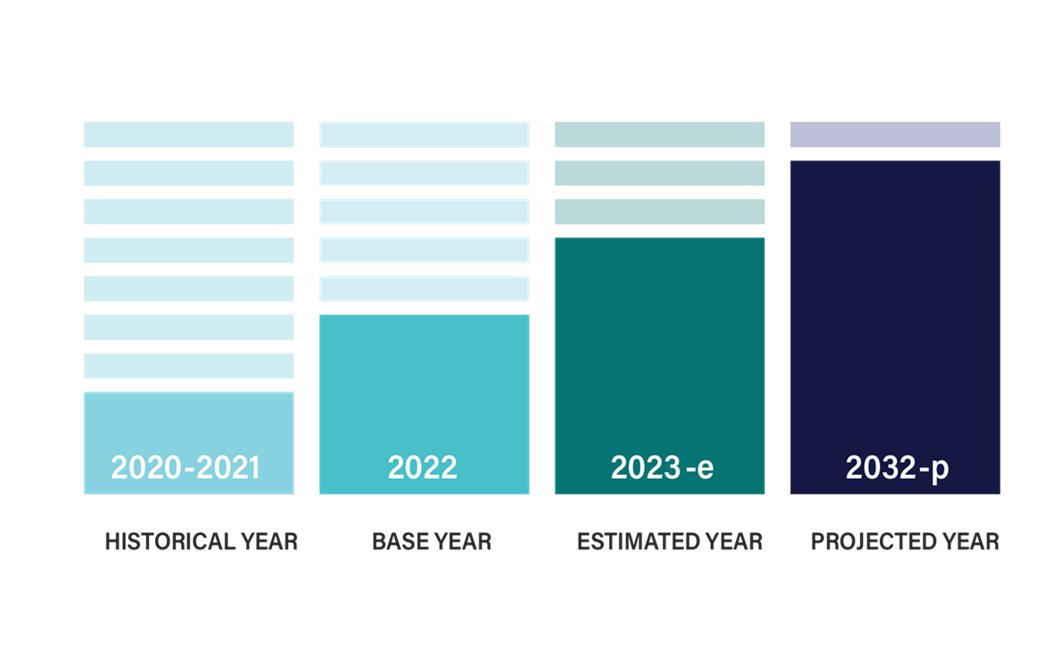
Source: International Market Research Analysis, 2024
International Market Research(IMR) is global leader in Market Research & Consulting services.